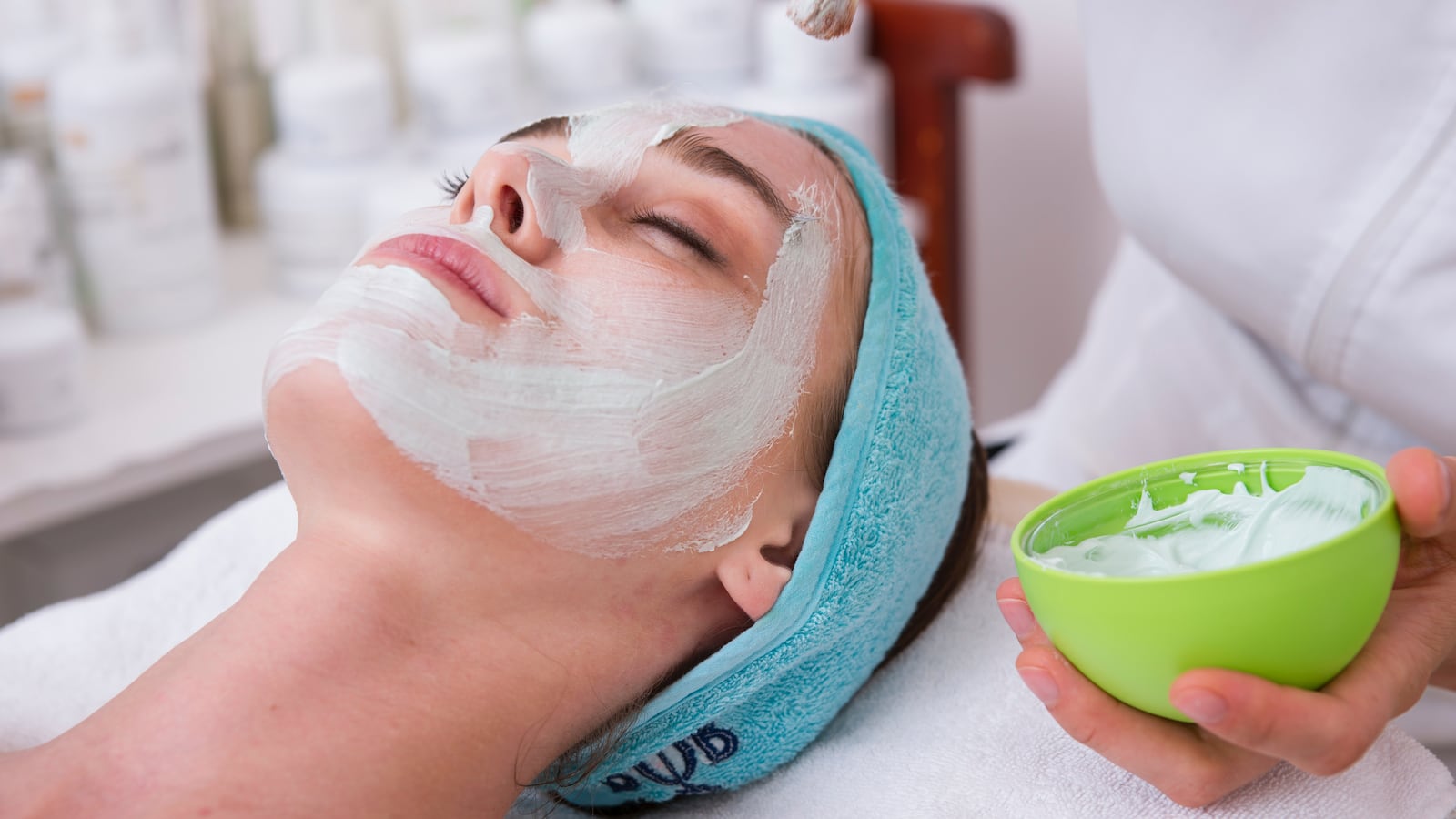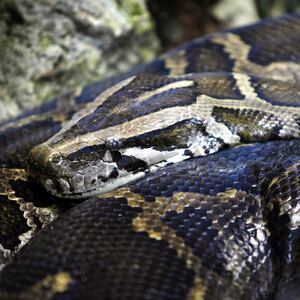Farmers and hikers know the cocklebur as nothing more than a pest. The invasive plant, found across the Americas, Europe, and Asia, takes over fields and poisons the pigs and horses that unwittingly ingest it. And the fruit’s distinctive spine-covered burs hitchhike along the clothing and fur of unwitting passersby and can be a pain to remove.
According to new research presented at the American Society for Biochemistry and Molecular Biology’s annual meeting this week, a third group of people might be interested in the cocklebur: skincare aficionados. Food and nutrition researchers at Myongji University in South Korea tested fruit extract from Xanthium strumarium, the scientific name for the cocklebur, and found it had a litany of beneficial properties for skin cells, from enhancing wound healing to tamping down inflammation to even defending against damage from UV radiation.
Cocklebur has been used extensively in traditional Chinese and Korean medicine to treat all manner of ailments—including headache, asthma, arthritis, itching, and even leprosy, Myongji University nutrition researcher Eunsu Song told The Daily Beast in an email. Song, who led the research, added that prior studies had not focused on the plant’s effect on healing and fortifying the skin, which could make it a promising cosmetic agent.

Cocklebur in the wild.
Matt LavinSong looked at how cocklebur fruit grown in China and Korea affected biochemical processes in several different human skin models. Fruit extract increased cultured human skin cells’ production of hyaluronic acid, a moisture-retaining substance produced naturally by humans. Critically, as we age, our bodies produce less hyaluronic acid, leading in part to older-looking, less hydrated skin.
The fruit extract also affected how quickly skin wounds healed, though to different extents. Korean cockleburs applied to a reconstructed human skin model led to faster wound closure than Chinese cockleburs did, though both sped along the process. According to the tests, Korean cocklebur fruit extract also blocked an inflammatory enzyme better than both the Chinese cocklebur fruit and another compound known to reduce inflammation.
It’s not yet known why the Korean cocklebur fruit outperformed the Chinese one in the experiments, Song said, though the conditions under which they’re grown may have something to do with it. Plants produce differing levels of chemicals based on factors in their environment like soil, sunlight, and water. “They may have different compositions of bioactive compounds even though they are the same species,” Song added.
The next step, Song said, is to drill down the exact reasons why cocklebur fruit seems to work as well as it does, and begin testing its effectiveness on models closer to living, breathing humans. But don’t go slathering cocklebur fruit extract on your face just yet—remember the part about the plant poisoning animals that eat it? Cocklebur fruit contains a toxic compound that can damage the liver in high concentrations.
“Finding the proper concentration seems very important and would be key to commercializing cocklebur fruit extracts in cosmetics,” Song said.







